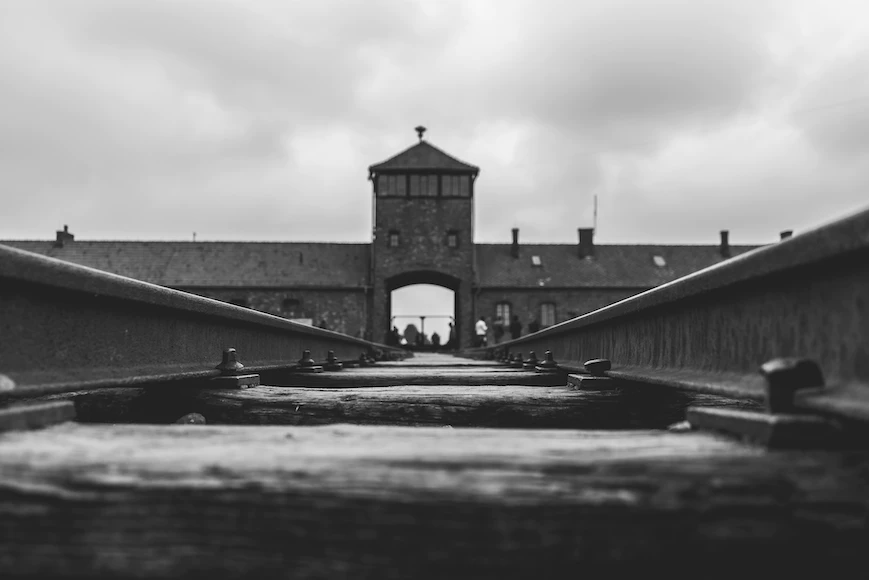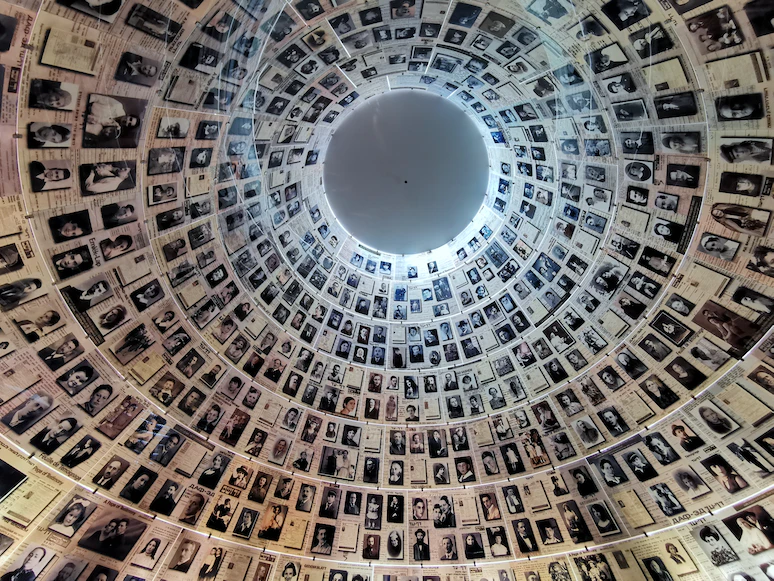"Prisoners risk their lives for each other trying to sneak food or medicine around, but they also fight for space, quarrel and struggle for survival, because being alive for even 24 hours more is no longer a guarantee."

When I read novels about the Holocaust, especially those based on real life experiences, I need to be in a calm state of mind, so that I don’t become too distressed by the time I get to the various torturous episodes which will inevitably be present in any recounting of one of the worst war crimes in the last century – the genocide of European Jews throughout World War II.
Admittedly, the novel did not touch on or dwell on the tortures and deaths as much as some of the other novels I have read that centred on the topic. Indeed, the protagonist, Lale Sokolov, manages to procure for himself a better life than most of the other prisoners, albeit with the horror of having to tattoo all of his fellow prisoners with serial numbers – a practice introduced in order to allow the German authorities to not just keep track of prisoners, but to able to identify bodies when they died. People were thus relegated to the status of mere objects, and in exchange for a better chance of survival, Sokolov had to carry out this horrific task.

The novel describes malnutrition, typhus, the gassing of and random shootings of prisoners and ashes raining down upon the concentration camp – ashes of the Jews who were burnt in the massive incinerators. Prisoners risk their lives for each other trying to sneak food or medicine around, but they also fight for space, quarrel and struggle for survival, because being alive for even 24 hours more is no longer a guarantee. The novelist Heather Morris weaves in the sense of desperation and hopelessness well, along with the fury and frustrations that sweep through the prisoners, at being treated inhumanely for no reason other than the hate perpetuated by anti-Semitism.
A part of the plot involves Lale Sokolov meeting the love of his life, Gita, and how he goes the extra mile, often risking his life, to make sure that he takes care of her in whatever way he can. They go through stretches of time when they don’t see one another, and live in utter terror that the other has been gassed or incinerated. The love story and the hope the reader starts to nurture, that the two lovers will survive, leave the camp and thrive together after the war, will keep one turning page after page to see if it works out.
Overall, it is not as compelling a read as some of the other Holocaust Literature I have read, such as ‘Night’ by Elie Wiesel or the famous ‘The Diary of a Young Girl’ by Anne Frank. The character of Gita was not as well-rounded as it could have been, and representatives from the Auschwitz Memorial Research Center have questioned some specific facts in the novel as being understated or misrepresented. The novel however is a good read for anyone starting out on the vast canon of Holocaust Literature, and the lessons to be learnt from the horrors of that time.

Leave a Reply